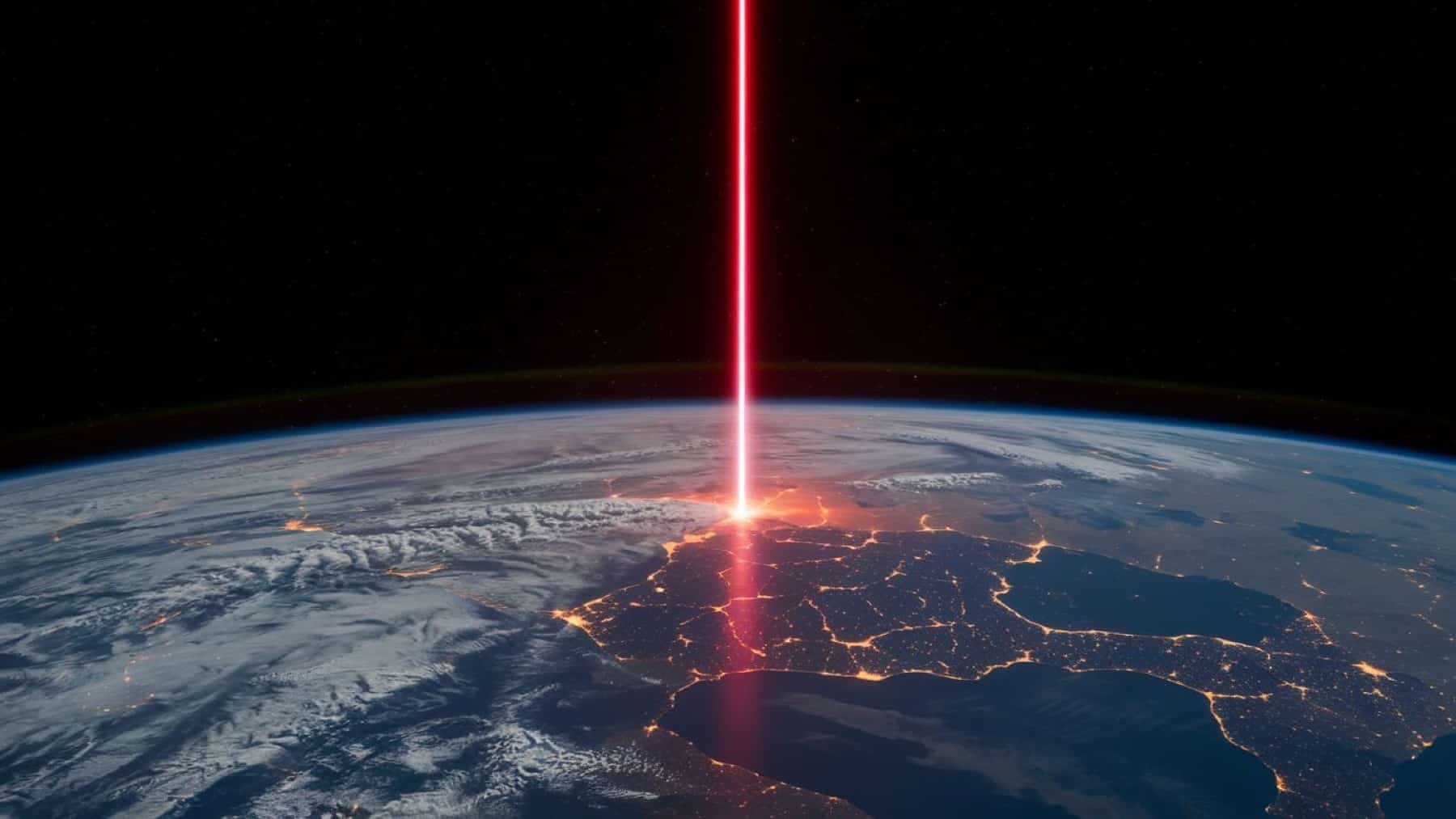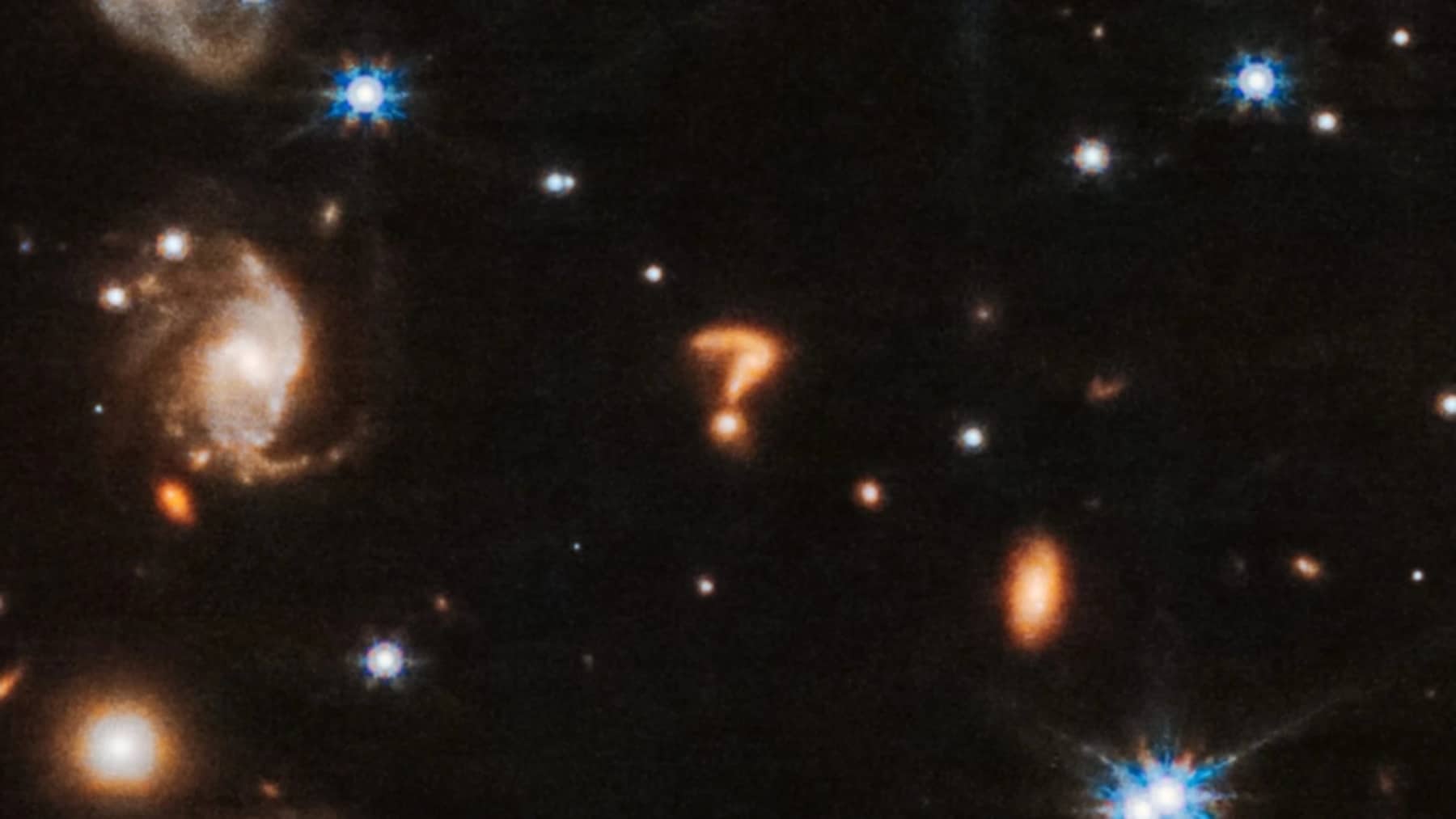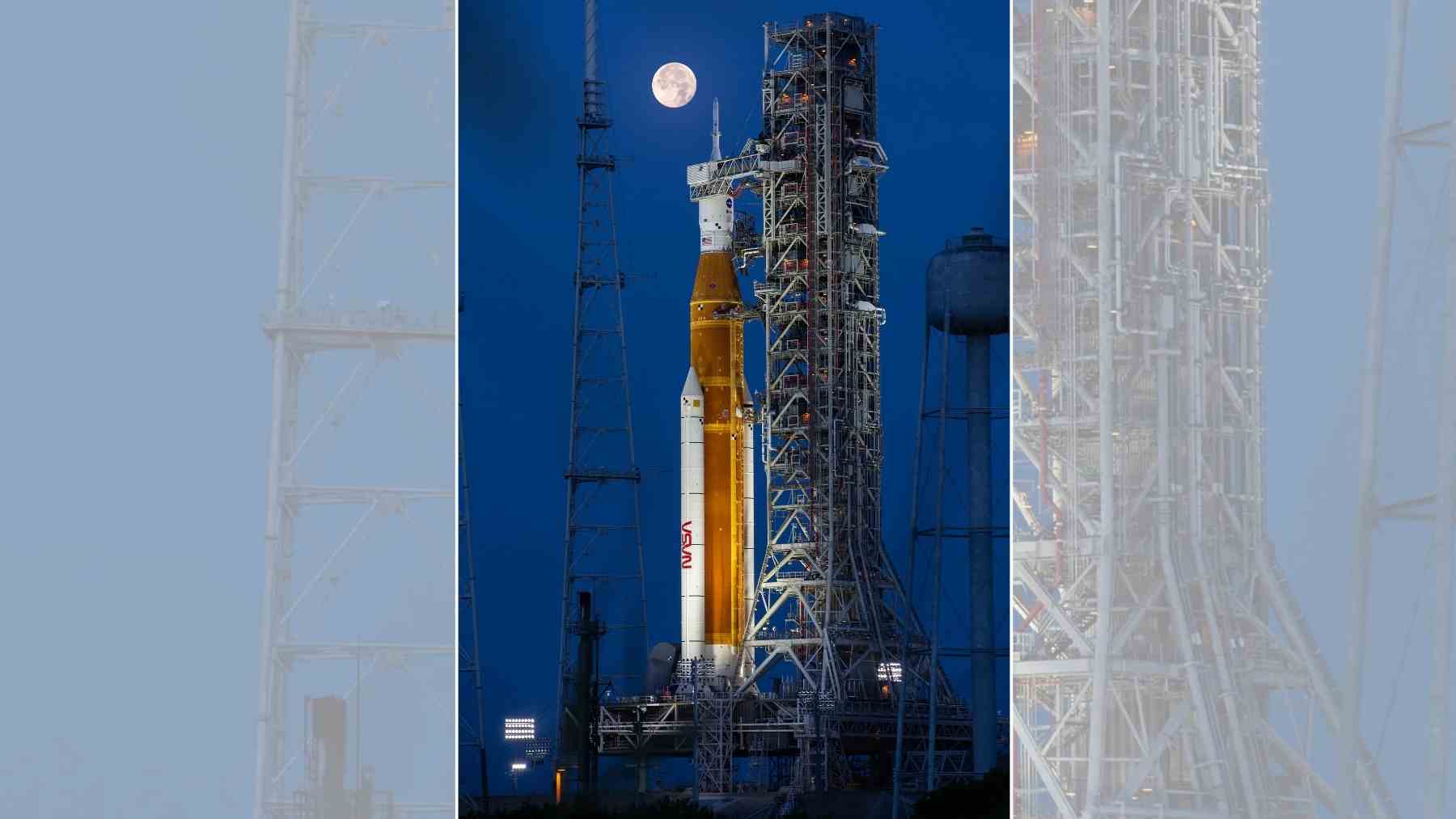NASA achieved a historic achievement by successfully receiving GPS signals from the Moon and tracking them, which represents a vital advancement in space navigation. The Lunar GNSS Receiver Experiment (LuGRE) has introduced revolutionary capabilities for later lunar missions and future space-related explorations. This detailed explanation examines the momentous development, which holds great potential to redefine space exploration for the ages.
Future space missions could receive significant value from tracking these signals
The LuGRE experiment operates as a shared program between NASA and the Italian Space Agency for assessing GNSS signals as an alternative for lunar navigation. Firefly Aerospace delivered the LuGRE payload to the Moon’s surface on March 2 through its Blue Ghost lander, enabling this crucial historic development. NASA achieved signal tracking success between the GPS and Galileo GNSS constellations while they operated on the lunar surface during the 2 a.m. EST time on March 3.
With this mission, humans achieved GPS navigation on the lunar surface for the first time, topping the existing GPS distance record, which belonged to the Magnetospheric Multiscale Mission. Space exploration benefits substantially from the Moon-based GNSS signal detection and tracking capabilities. For many years, NASA conducted space navigations with both human operators and tracked spacecraft from ground-based facilities.
The reception accomplishment of GNSS signals throughout lunar orbit creates opportunities for autonomous navigation since it minimizes the requirement for continuous human supervision. During an interview, Deputy Associate Administrator Kevin Coggins of the NASA SCaN Program explained that this finding would be vital for upcoming space missions that need autonomous capabilities and real-time position information.
NASA overcame the vast signal distance spanning 243,000 miles to achieve its goal
NASA reached this accomplishment after enduring multiple hurdles. Abiding by the immensely distant 225,000 miles between Earth and the Moon presented challenges for the LuGRE payload to track GNSS signals. The payload operators at NASA’s Goddard Space Flight Center initiated their first lunar scientific procedures to acquire GNSS signals in space successfully.
The LuGRE payload set new GNSS acquisition records along its flight toward the Moon. GNSS signal acquisition achieved a new maximum record on January 21, with LuGRE operating 209,900 miles distant from Earth. The distance to Earth from LuGRE during lunar orbit on February 20 became 243,000 miles, marking another GNSS record. The observed space milestones showcase navigation capabilities in the region known as cislunar space between Earth and Moon distances.
The LuGRE experiment created new possibilities for space navigation systems and lunar and Martian services. Future space exploration missions will attain precise self-operated positioning and velocity determination with time measurement through GNSS signal usage, which will enhance mission efficiency while ensuring safety.
The technological breakthrough proves suitable for Mars mission astronaut navigation
During 14 continuous days of operation, NASA and the Italian Space Agency will receive crucial data through the LuGRE payload. By analyzing this data and using additional GPS-related applications, new navigation possibilities for lunar activities will be developed. Serious space technology benefits significantly from an international collaboration between NASA, the Italian Space Agency, and partner organizations, including Qascom and Politecnico di Torino.
The successful achievement points towards developing moon-based infrastructure, which could include space-based GNSS constellations orbiting the moon. Such systems would make stable human occupancy and robotic survey missions, together with accurate landing capabilities, possible. The LuGRE experiment establishes foundations for dependable spacecraft self-navigation outside Earth, which reshapes how humans explore space realms.
GNSS signal acquisition on the lunar surface represents an important achievement in space navigation technology. The accomplishment reveals a greater understanding of lunar navigation while creating a new prospectus for upcoming missions to the Moon, Mars, and further interplanetary destinations. The LuGRE experiment, along with other innovations at NASA, will shape the way humans travel through space as the organization extends space exploration boundaries













